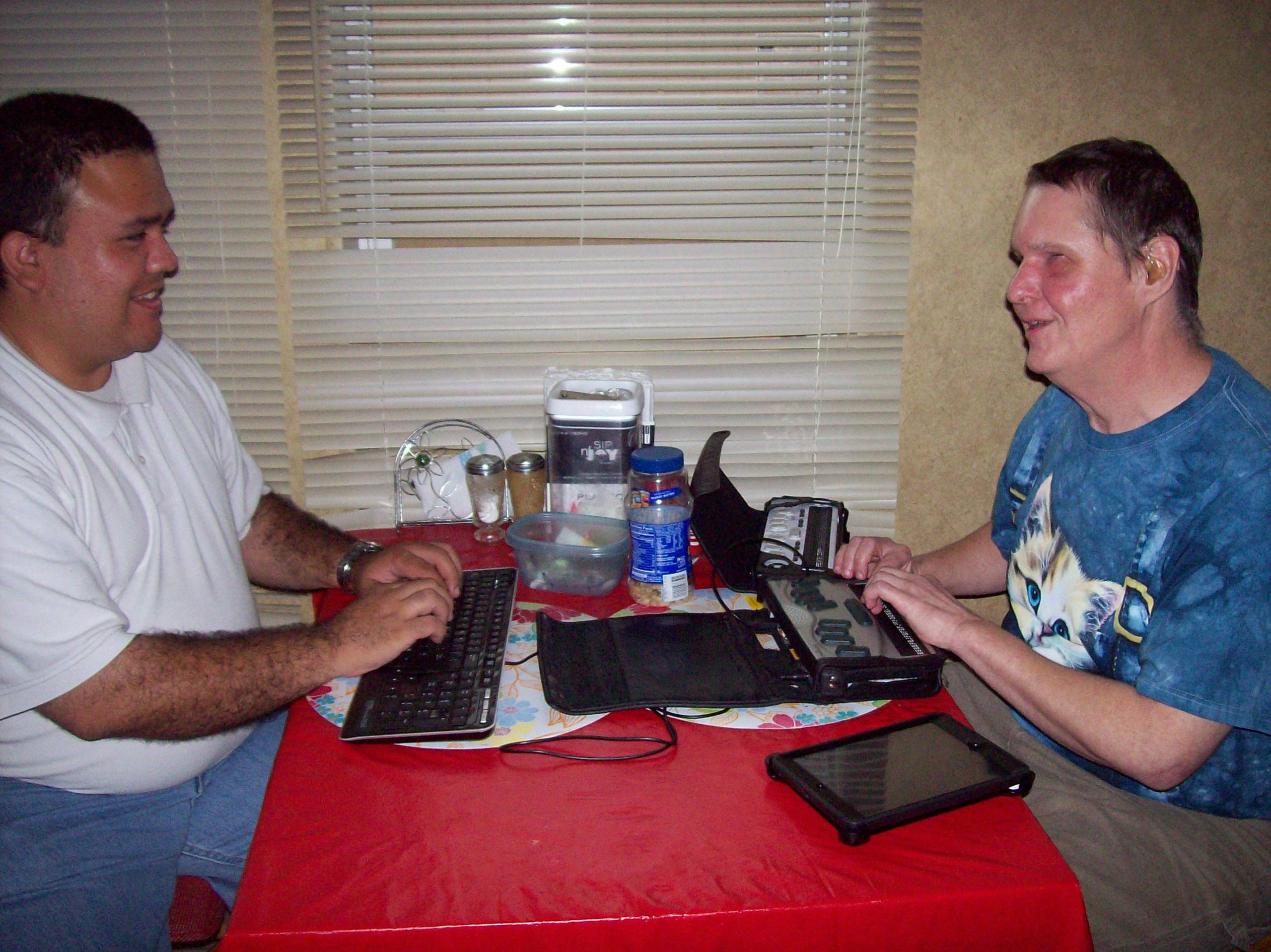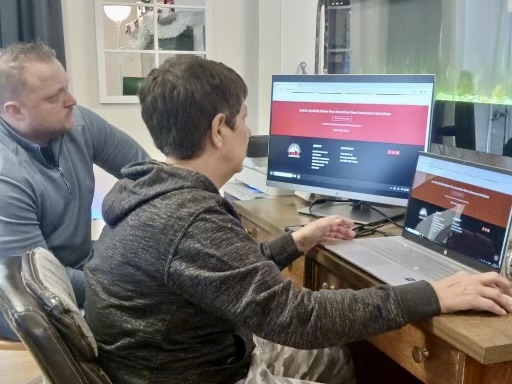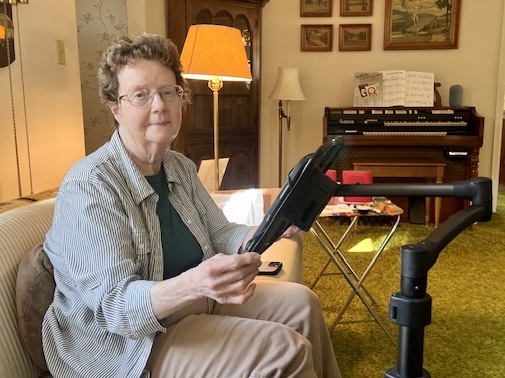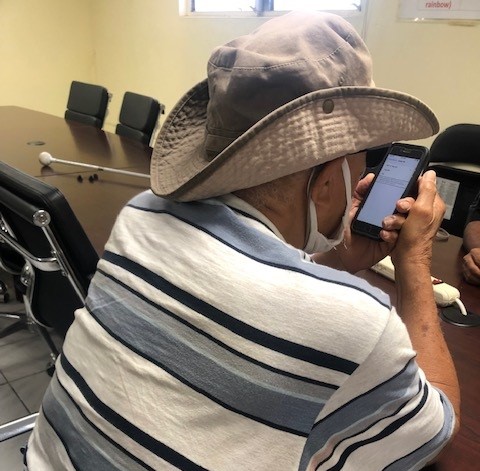Raul Gallegos was the first kid on his block to own his own computer. That was in 1986. He has long understood the potential of technology, so it’s no small wonder the 39-year-old from Houston loves his current job—putting modern technology into the hands of people with combined hearing and vision loss.
Gallegos, who is blind, began his career in product development, but found it more satisfying to teach individuals and groups how to use technology. He was hired in 2013 as the first trainer for the Texas office of the National Deaf-Blind Equipment Distribution Program, which is promoted as iCanConnect.
He was asked to talk about the challenges and the rewards of his job—and why a regular workday often feels like Christmas morning.
What it’s like to be an iCanConnect Trainer?
“I’m sort of the communication version of Santa Claus. I do the assessment and figure out what best meets the consumer’s needs and then deliver, set-up and teach them how to use the equipment. It’s a gift – not just of technology – it’s the gift of communication.”
What is the biggest challenge you face?
“The biggest challenge for me is explaining certain concepts that someone who is deaf and blind may not have ever been introduced to, for example, the concept of Bluetooth. It’s dealing with the abstract. I sometimes teach by using analogies. I might say to someone, ‘You can’t see the sun, but you can feel it transmitting energy.’ I will compare Bluetooth to the sun, explaining that it also transmits a form of energy.”
Do you serve a wide range of consumers?
“Their ages have ranged from 35 years old to 87, it’s about half and half in terms of gender and they are a diverse group. I am bilingual (Spanish and English) and I moved to Texas specifically because I wanted to work with a bilingual population.”s
What’s most rewarding about your work?
“The biggest reward is to see a consumer that is able to use the technology. It may be someone who may have come from the starting point of having someone else help them browse the web or read email, where they have no privacy. Then they get to the point where they can do all that by themselves. It gives me a great feeling of accomplishment to see the changes and see a consumer all of a sudden able to talk to a whole bunch of people.”
Anything else you’d like to share about iCanConnect?
“I feel very strongly about braille literacy. Knowing braille when you are blind or deaf-blind is the key to being literate. This is the same as a sighted person reading print. I especially push braille to anyone who needs some sort of communication training—if their eyesight is poor enough. This helps them maintain their literacy.”
About iCanConnect:
iCanConnect is available in all 50 states, the District of Columbia, Puerto Rico and the U.S. Virgin Islands. Learn more at www.iCanConnect.org. Click on “State Partners” to find each state’s contacts. The website is accessible to users with low vision and those who use screen readers, and it features video that is both audio described and captioned. Information about iCanConnect is also available by calling 1-800-825-4595 Voice or 1-888-320-2656 TTY.



